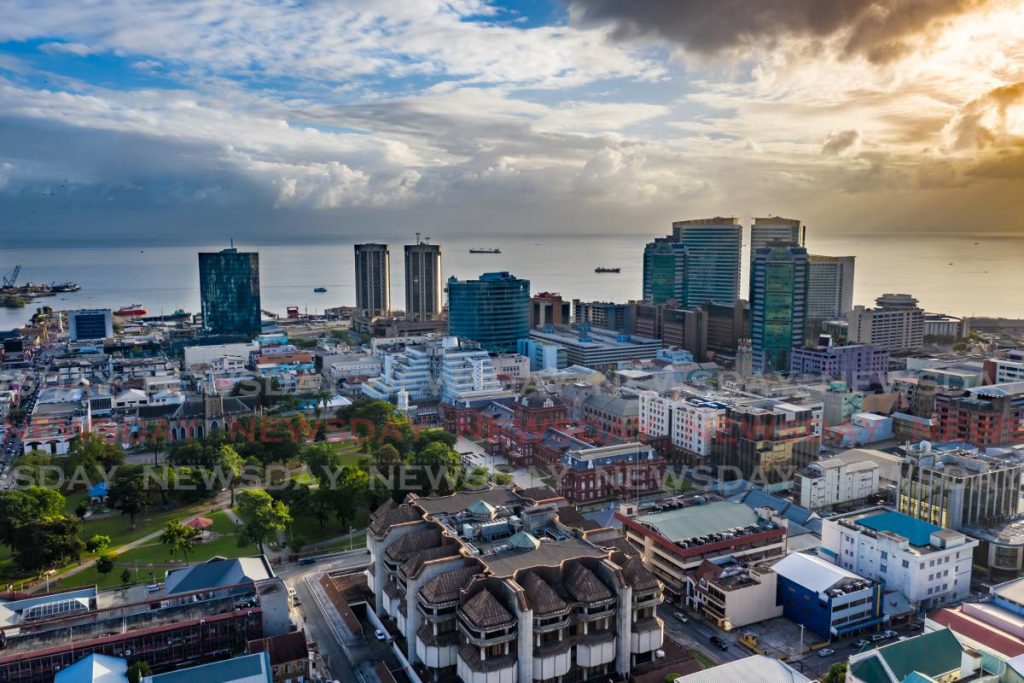Port of Spain’s digital plan

Mayor Joel Martinez had his buzzwords lined up on Friday for the monthly statutory meeting at City Hall.
After a meeting on July 19 with Minister of Local Government Kazim Hosein and Minister of Digital Transformation Hassel Bacchus, Mr Martinez declared himself eager to expand the digital footprint and structure of the corporation.
At that meeting, he raised issues of cybersecurity with the Digital Transformation Minister, possibly related to the hack and ransomware attack that crippled the Port of Spain City Corporation, the scope and consequences of which are still to be publicly made known.
Mr Bacchus, he reported, assured him of "platforms to enhance the resilience and the accessibility and encourage our citizens to build on what we currently have."
Apparently inspired by his meeting with this minister, Mr Martinez told the corporation, "We have to trust technology; we must be ready for the digital government."
If this all sounds wonderful and possibly too good to be true, it's because it's been said in public forums and launches of TT’s new digital future since the first Fast Forward project was announced almost two decades ago.
Unfortunately, these digital aspirations aren’t realised quickly or easily.
The Port of Spain Corporation will first have to deal with more than a century of paper-based record-keeping, commit to retraining from the ground floor to executive suite in systems which are yet to be developed, and design a plan for achieving those lofty goals.
The mayor’s immediate goal, to have governance documents delivered electronically and on time, is actually the humblest of goals in 2021, when the modernisation of city governance is expressed in the concept of entire “smart cities.”
Mr Martinez’s enthusiasm to improve his own city is not misplaced. Port of Spain may be the capital of the country, but it inspires very little any more, not culturally, not aesthetically and certainly not hygienically.
The bright spots of architecture that lift the city’s profile are framed by an infrastructure in partial collapse and frequent congestion, all coated in a patina of neglect.
Digital transformation for Port of Spain will come when there is a successful strategy for gathering real-time governance data, training for the teams that are the city corporation’s engine room and implementing suitable digital tools to bring about meaningful and sustainable change in the management of the city.
Before there can be apps, there must be systems, and they must be delivered using modern processes and infrastructure – not a digital version of colonial-era city management.
Harnessing ambition for digital change to a practical strategy to create a modern capital city is an admirable goal. What’s needed now is a practical, achievable roadmap which will be followed step by step, from start to end, and which addresses the real-world needs of the public and those who manage the city on their behalf.


Comments
"Port of Spain’s digital plan"